SUMMARY
This is AI generated summarization, which may have errors. For context, always refer to the full article.
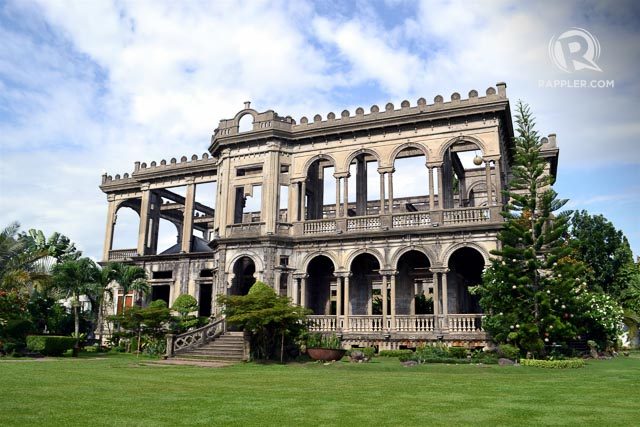
Agra, Uttar Pradesh in India, is known for its Taj Mahal, a white marble mausoleum built by Mughal emperor Shah Jahan in memory of his third wife. In Negros Occidental, it has a counterpart of sorts and it’s called The Ruins.
Taj Mahal came to mind while listening to the explanation of the Raymund Javellana, the man who wanted to restore the mansion to its former glory.
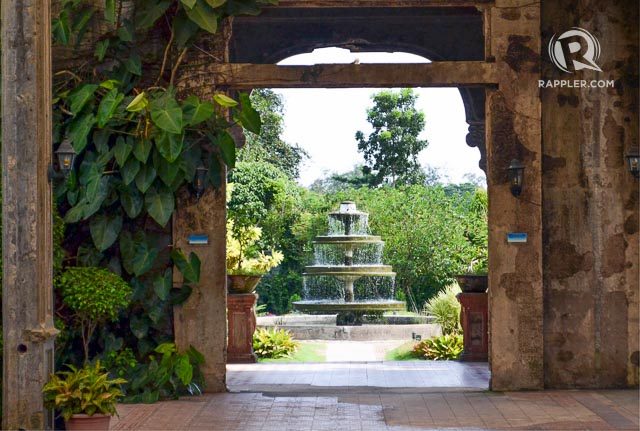
I had the opportunity of visiting the place when I joined a group of Davao journalists who did a familiarization tour around Western Visayas. When our guide said that we were going to The Ruins, I thought it was just another Philippine landmark that tourists could visit.
India’s famous landmark would come into your mind once you hear the story behind it.
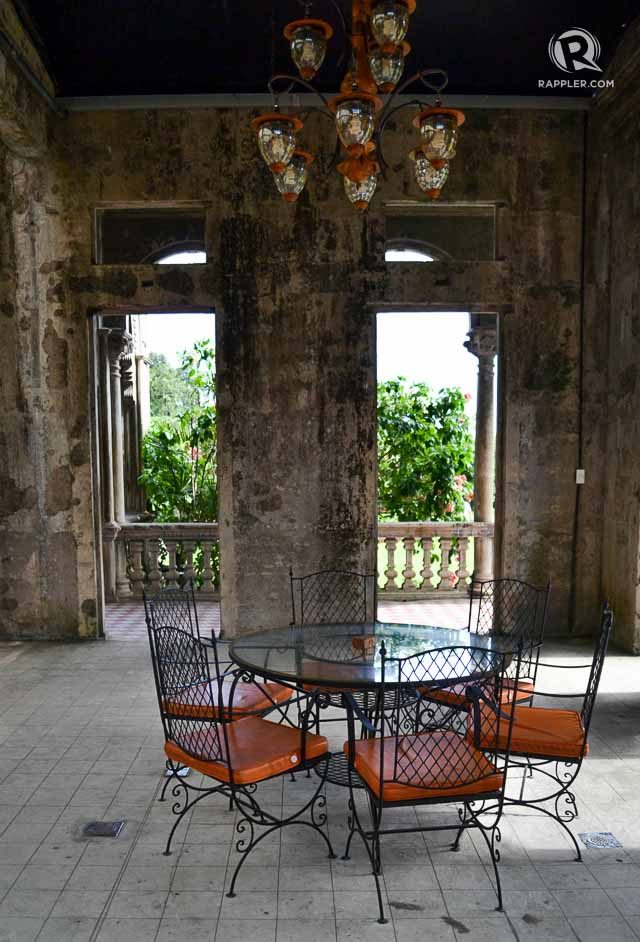
Love, so goes a saying, comes from the most unexpected places. That happened to Don Mariano Ledesma Lacson, who frequented Hong Kong with his friend when he was still younger. There, the sugar baron met Maria Braga, a Portuguese lady from Macau. Smitten by her beauty, he courted her and eventually married her.
Don Mariano brought his wife to Talisay and started their own family. They were blessed with 10 children, two of whom became government officials. When Maria was pregnant with her 11th child, she slipped in the bathroom and started to bleed. In those days, in 1911, it would take two days to travel with horse-drawn carriage from Talisay to the town of Silay, where a doctor lived.
By the time the doctor arrived – on the fourth day – Maria and her baby were gone. Her death brought Don Mariano to depression; to get him out of it, he embarked into building a house for his unmarried children.
But before that, he told his father-in-law about the idea. He agreed and even went as far as supporting the son-in-law in every way he can. Instead of just a house, it turned to be two-story mansion of Italianate architecture, whose plans “could have been given by his father-in-law,” Javellana recounted.
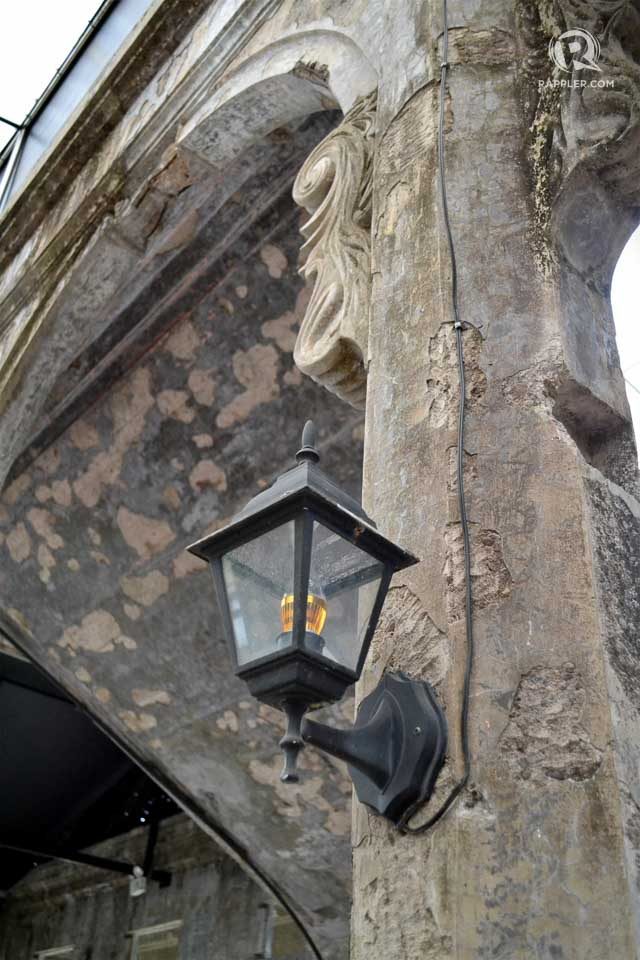
As his father-in-law was a captain of his own ship, many items from Europe and China, ranging from machuca tiles, chandeliers, and china wares were carted to Talisay. He even brought some construction workers from China to help build the mansion.
After 3 years of construction, the mansion was finally finished. “The A-grade concrete and oversized twisted bars used in its construction had contributed much to the strength of the skeletal frame of the structure,” Javellana said. “The finishing touches on the walls and posts were a mixture of pure concrete with egg whites, resulting in a marble-like finish which can be seen and felt even to this day.”
Don Mariano built the mansion in honor of his beloved wife. “Proof of his unwavering love for Maria, he had their initials molded on every post of the mansion,” Javellana said. “The 2 Ms, facing each other, stands for Mariano and Maria.”
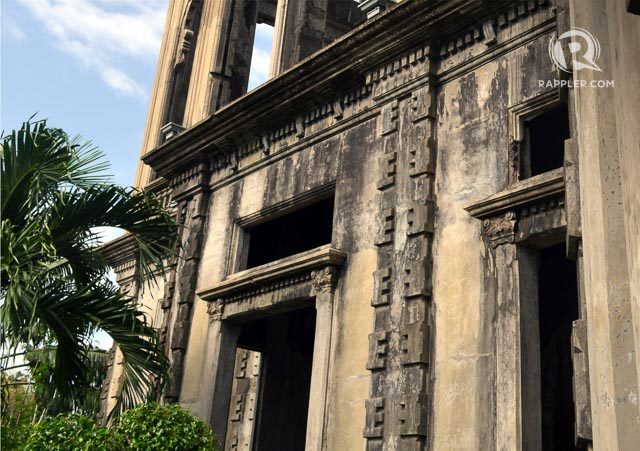
At that time, the mansion was the largest residential structure ever built in the area. It was constructed at the center of the 440-hectare farm. When World War II broke out, Don Mariano and his unmarried children left the mansion leaving everything.
When the United States Armed Forces in the Far East came to the area, there were some rumors that the Japanese forces might use the mansion as its headquarters. To prevent it from becoming as such, the mansion was burned.
It took 3 days of burning to consume all of its roof, ceiling, floors, doors and windows – all of which were made of hard wood like tindalo, narra, and kamagong. When the flames finally died down, only the following stood the fire: the pillars of the mansion, the grand staircase, as well as parts of the two-inch wooden floors on the second story.
Today, The Ruins – as the mansion is now called – has gained the reputation of being one of the top tourist destinations of Negros Occidental. This, thanks to Javellana, who believed that it should be a reminder of the glorious past of the province and undying love of his great, great grandfather to his beloved wife.
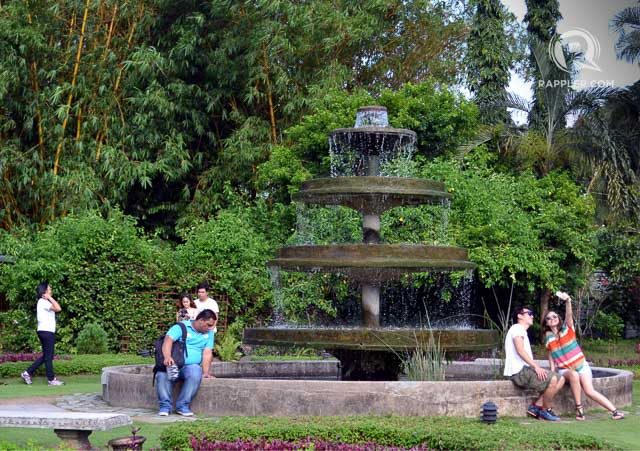
How to get there: A cab ride from the capital city of Bacolod would take about 15-20 minutes; it is 10-15 minutes away from the Bacolod-Silay airport. Take the access road to the airport and turn west upon seeing the sign to The Ruins. – Rappler.com

Henrylito D. Tacio is an award-winning journalist based in the southern part of the Philippines. He specializes on reporting science, environment, medicine, agriculture, and travel features.
Add a comment
How does this make you feel?
There are no comments yet. Add your comment to start the conversation.